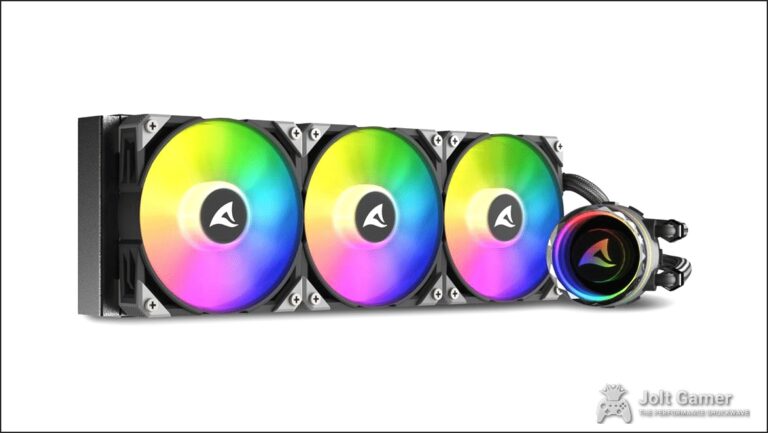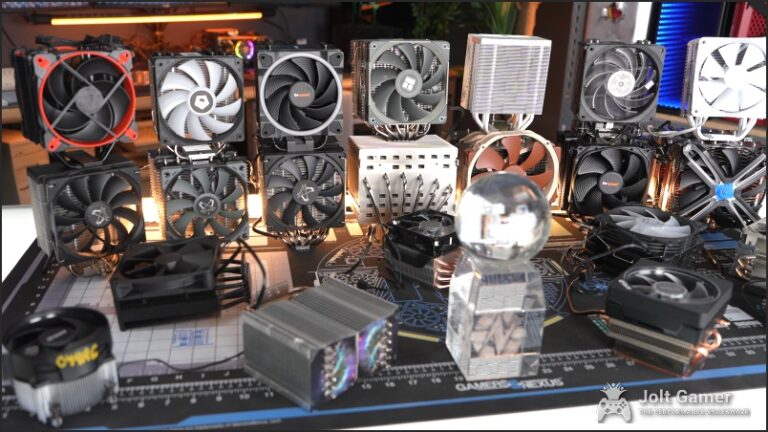JoltGamer Key Takeaways: FSR 4 and Redstone Exclusivity
- AMD’s next-gen upscaling, FSR 4, and the advanced Ray Regeneration (part of the ‘Redstone’ framework) are officially exclusive to the new RDNA 4 (RX 9000 Series) GPUs.
- This exclusivity is driven by the need for RDNA 4’s new, dedicated hardware-backed machine learning cores, mirroring Nvidia’s established DLSS strategy.
- The community is highly frustrated, pleading for AMD to backport the features to RDNA 3 (RX 7000 Series) cards, arguing against the abandonment of FSR’s open-source heritage.
- Initial performance of Ray Regeneration in the debut title, Call of Duty: Black Ops 7, has been described as ‘horrible’ due to optimization issues, leading to skepticism about the feature’s maturity.
FSR 4 and Redstone: AMD’s Long-Awaited ML Revolution
After years of relying on open-source, non-ML algorithms, AMD has finally debuted its next-generation upscaling platform, FSR 4, and its accompanying suite, ‘Redstone.’ This marks a critical moment in the graphics war, as Redstone introduces machine-learning capabilities designed to improve every part of the graphics pipeline. The headline feature, Ray Regeneration (RR), is AMD’s direct answer to Nvidia’s Ray Reconstruction, using neural upscaling to clean up noisy ray tracing data. This technology promises better visuals and performance, but the biggest story isn’t the technology itself—it’s the hardware barrier to entry.
FidelityFX Super Resolution Feature Matrix (FSR 1 through Redstone)
| Feature | FSR 1 | FSR 2 | FSR 3 | FSR 4 / Redstone |
|---|---|---|---|---|
| Spatial Upscaling | Yes | Yes | Yes | Yes |
| Temporal Upscaling | No | Yes | Yes | Yes |
| ML-Based Upscaling | No | No | No | Yes |
| Frame Generation | No | No | Yes (Hardware Optional) | Yes (ML-Enhanced) |
| Ray Regeneration (RR) | No | No | No | Yes |
| Required Hardware (Full Feature Set) | RX 400 Series+ | RX 590+ | RX 5000 Series+ | RX 9000 Series (RDNA 4) |
The RDNA 4 Lock: Why AMD is Forcing the Upgrade
AMD’s decision to lock FSR 4 and Redstone to the RDNA 4 architecture (Radeon RX 9000 series) is a significant shift in strategy. Previously, FSR was celebrated for its open nature and broad compatibility across generations and even rival hardware. The technical justification for this change is simple: machine learning. Advanced features like Ray Regeneration and the ML Super Resolution require dedicated hardware matrix math ability, which is newly integrated into the RDNA 4 architecture. This necessity for specialized cores means that older RDNA 3 (RX 7000 series) and RDNA 2 cards, while still capable of running FSR 3’s upscaling, simply lack the silicon to execute the complex AI models that power the new features efficiently. This strategic pivot signals that AMD is prioritizing feature parity with Nvidia over maintaining its universal compatibility advantage.
The Fandom Pulse: Disappointment and Performance Woes
I tried FSR4+Ray G on my 9070 XT, and I couldn’t play with it – the difference in how the game (COD7) feels when it’s enabled was horrible. It’s a real shame RR is only available for this game. AMD has to know that CP2077 is one of the most used benchmarks for this tech.
Current State of FSR 4 / Ray Regeneration
Pros
- Achieves feature parity with Nvidia’s advanced Ray Reconstruction, a major competitive step.
- Promises superior image quality and cleaner ray tracing data compared to FSR 3.1 by utilizing ML.
- The inclusion of ML Frame Generation closes a major technology gap with DLSS.
Cons
- Strictly locked to RDNA 4 (RX 9000 Series) hardware, abandoning the open-source legacy.
- Initial reports indicate significant performance and latency issues in debut titles, suggesting poor optimization.
- Community is disappointed that the launch title was a competitive shooter instead of a visually demanding benchmark like Cyberpunk 2077.
The Competitive Checkmate: FSR vs. DLSS 4
FSR 4 / Redstone vs. Nvidia DLSS 4
| Feature | AMD FSR 4 / Redstone | Nvidia DLSS 4 |
|---|---|---|
| Technology Base | Hardware-backed Machine Learning (RDNA 4) | Dedicated Tensor Cores |
| Ray Tracing Improvement | Ray Regeneration (RR) | Ray Reconstruction (RR) |
| Upscaling Compatibility | RX 9000 Series Only | All Existing RTX GPUs (Backwards Compatible) |
| Advanced Frame Generation | ML Frame Generation (FSR 4) | Multi Frame Generation (MFG) |
| Open Source? | No (Advanced Features) | No |
The Price of Progress
FSR 4 and Redstone are the technologies AMD desperately needed to close the gap with Nvidia. By finally integrating hardware-backed machine learning, AMD is positioned to offer genuinely competitive image quality and ray tracing performance. However, this progress comes at a severe cost: the abandonment of the open-source ethos that defined FSR’s success. By locking these key features behind RDNA 4, AMD has traded consumer goodwill for technical parity. For those with older GPUs, this launch feels less like a revolution and more like a forced upgrade path. The technology is undeniably promising, but the initial performance hiccups and the restrictive hardware policy mean AMD still has much to prove before Redstone can truly be called a success.




